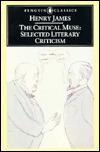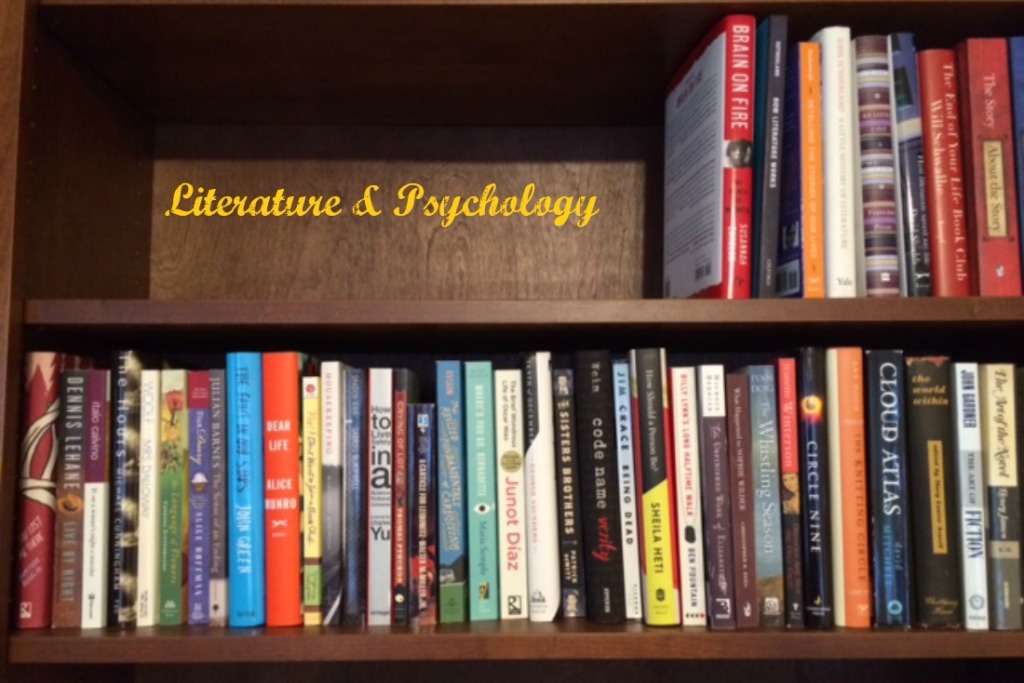For weeks we’ve been building up to Halloween with lists and tales about the spookiest and scariest stories ever written. The Turn of the Screw by Henry James is one of the best known ghost stories in the English language. Part of the reason this novella is so famous is that it leaves unspecified the exact nature of the horror it portrays.
 Students and scholars alike continue to address the issue of what that horror is. This continued response to try to define the “portentous evil” at the center of his story is something James purposely engineered. Here’s how he described the task he faced in writing The Turn of the Screw:
Students and scholars alike continue to address the issue of what that horror is. This continued response to try to define the “portentous evil” at the center of his story is something James purposely engineered. Here’s how he described the task he faced in writing The Turn of the Screw:
What, in the last analysis, had I to give the sense of? Of their [characters Miss Jessel and Peter Quint] being, the haunting pair, capable, as the phrase is, of everything—-that is of exerting, in respect to the children, the very worst action small victims so conditioned might be conceived as subject to. What would be then, on reflexion, this utmost conceivability?—a question to which the answer all admirably came. There is for such a case no eligible absolute of the wrong; it remains relative to fifty other elements, a matter of appreciation, speculation, imagination—these things moreover quite exactly in the light of the spectator’s, the critic’s, the reader’s experience. Only make the reader’s general vision of evil intense enough, I said to myself—and that already is a charming job—and his own experience, his own imagination, his own sympathy (with the children) and horror (of their false friends) will supply him quite sufficiently with all the particulars. Make him think the evil, make him think it for himself, and you are released from weak specifications. (p. 538)*
James knew that no evil he could specify would be as portentous as the personal notion of evil all readers harbor within their imaginations.
Kyle Fowle makes a similar point in his discussion of Why the horror of Stephen King’s words doesn’t translate well to film. Fowle says that King’s more dramatic works (e.g., Stand By Me, The Shawshank Redemption, and The Green Mile) make better films than do his horror novels because “Film is a visual medium, and the horror genre often demands a tangible menace”:
King’s horror fiction often focuses on internal threats, those that can’t be seen or predicted. His best novels explore very human fears and anxieties, elements that are difficult to bring to a visual medium. The novel isn’t inherently a superior storytelling medium (we’ve moved past that reductive argument long ago, especially with the second Golden Age of Television), but it does seem more suited to King’s particular take on horror, where the internal, human terrors are privileged over the external ones… . [film] demands an external, visible threat, one that can make an audience jump, shiver, or scream; such a necessity runs contrary to what makes King’s novels so poignant.
“King’s best horror books,” Fowle concludes, “… explore one of our most potent fears: the fear of ourselves.”
Yet popular culture continues to present us with all kinds of hideous creatures. In From Daleks to Zombies: What Monsters Mean to Us, Anna North talks with the authors of three recent books:
- Justin Richards, author of Doctor Who: The Secret Lives of Monsters
- David J. Skal, author of The Monster Show: A Cultural History of Horror
- Stephen T. Asma, author of On Monsters: An Unnatural History of Our Worst Fears
According to Skal, “we can read the dominant worries of an era in its monster stories” because “monsters recast collective anxiety in fictional form.” Asma offers some examples:
Christians in medieval Europe were “worried about temptation and pleasures of the flesh” and believed that “if you’re weak morally and impure, if you give in to your carnal desires, then that opens the door for the demon to enter and take you over,” he said. “If you let your guard down at all, this evil realm is just waiting.”
Asma further believes that monsters can offer us catharsis:
Horror films, he explained, can give us a controllable way to experience “these deeper fears that we ordinarily repress.” We can “take our monsters off the chain, let him howl at the moon a little bit, and then you can put him back on the chain after the movie’s over,” he said. “I think monster culture has therapeutic aspects to it.”
Whereas Henry James and Stephen King may favor an indistinct evil, monsters such as Frankenstein, Godzilla, vampires, and zombies graphically present what society most fears. In the end, though, they serve the same function as the less directly represented:
“With all the best monsters,” [Richards] added, “you can see something of yourself in them.”
*From the Preface to The Aspern Papers; The Turn of the Screw; The Liar; The Two Faces. Reprinted in The Critical Muse: Selected Literary Criticism, ed. Roger Gard (New York: Penguin Books, 1987), pp. 537–539.

